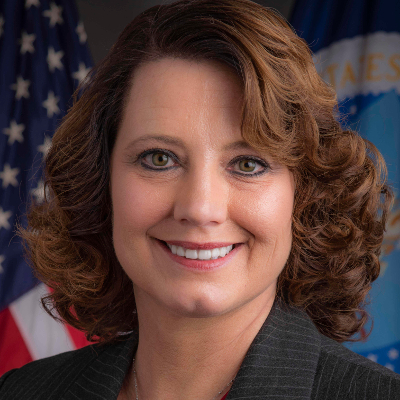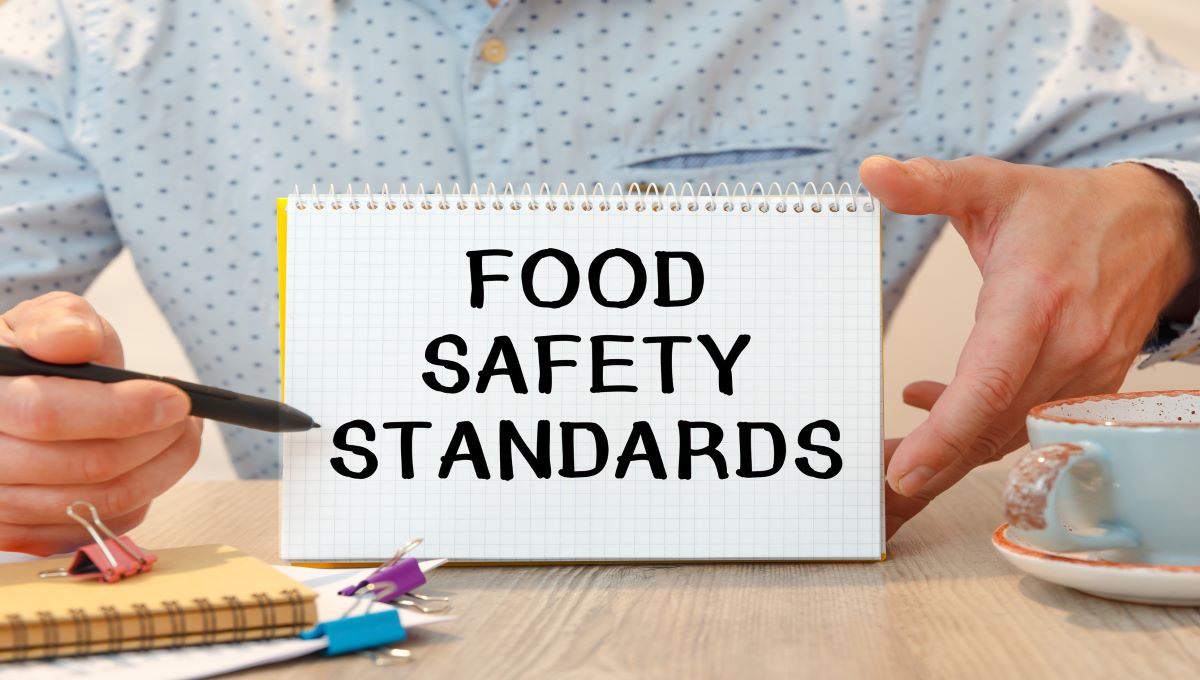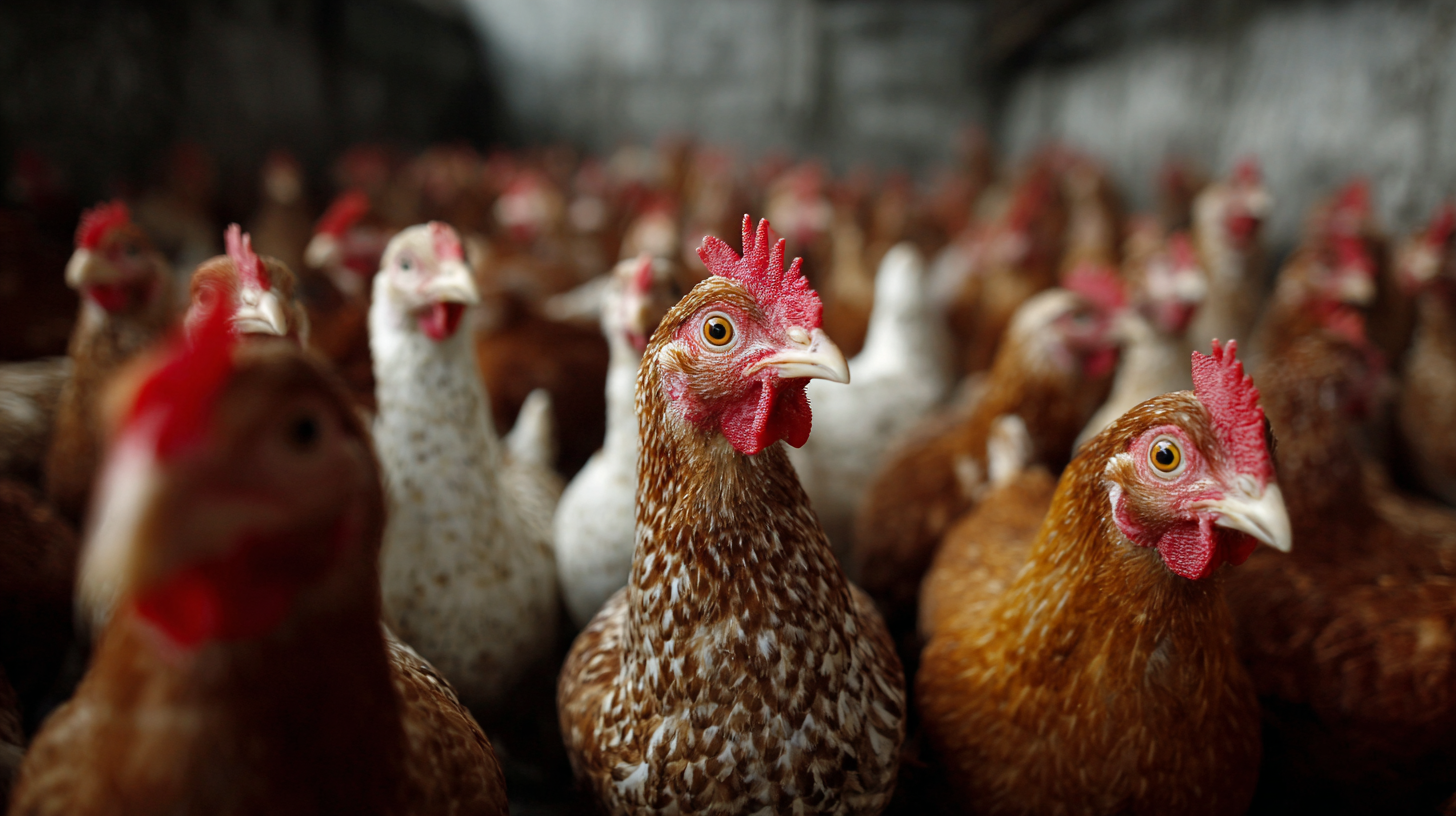In remarks prepared for May 15th delivery at the Food Safety Summit in Rosemont, IL, Steven Mandernach of the Association of Food and Drug Officials (AFDO) said food safety is increasingly becoming a responsibility of the states.
The AFDO Executive called state and local governments “the primary boots on the ground in food safety.” Mandernach spoke at the event’s 13th Town Hall with federal food safety officials from the FDA, the CDC, and the USDA’s Food Safety and Inspection Service.
He began by refreshing attendees on the work accomplished by state food safety programs:
- Grade A milk (farm to table) and shellfish facilities (boat to throat) are entirely inspected by state programs with federal quality assurance oversight and support;
- For produce safety, 93 percent of the on-farm inspections are completed by state programs;
- More than 50 percent of food facility inspections are conducted by state programs under FDA contract, and many state-funded inspections are completed.
- Last, but not least, in retail food programs — restaurants, grocery stores, c-stores, mobile units, and temporary events are all direct inspection work conducted by state and local programs.
Federal and state budgets and the impact on food safety
“As you might recall, last year, we had a spirited discussion on the Biden administration’s proposal to reduce FDA spending on state and local programs by about $34 million or 30 percent. Mandernach said. “Programs were notified in February about the intended level of reductions of FDA grant support to states, which included the following:
- Sixty percent reduction for rapid response teams that support foodborne outbreak investigation, natural disasters, recalls, and other emergency activities.
- Fifty percent reduction in the standards of the manufactured food program, including training and quality assurance programs, to ensure state inspections are “equivalent” to FDA inspections.
- Forty-two percent reduction in production safety funding, primarily focused on outreach, training, and education for producers.”
He said the FDA is making the restoration of this food safety funding a current priority.
States are facing more fiscal challenges this year
According to Mandernach, “These reductions have a tangible impact on food safety. Some programs are laying off staff. The decline in federal funds and declining state tax revenues, inflationary pressures, and increased public assistance program match rates are resulting in several states seeking to reduce spending.
“The moral of the story is that most states are unlikely to pick up the costs of federal decreases in food safety given other fiscal pressure,” he said.
States and domestic manufactured food inspections
“As many likely noticed, in the recently “leaked” passback budget to agencies, there was language about the FDA discontinuing domestic routine manufactured foods inspections and instead having states complete this work.
“Currently, states conduct over half of the domestic inspections that FDA reports as completed federal inspections. We believe a transition plan requires states to take on additional work. Data shows that state inspection coverage is more efficient and less expensive than an FDA Investigator covering the same facility. The transition cannot be immediate and should include certain ‘guardrails.’ Further, it can’t only include inspections; it must be more holistic like all the other programs where states complete most or all the work on behalf of the Federal government while being adequately funded.
“During the last 15 years, a vast effort has been made to make state inspection quality equivalent to the FDA’s through the manufactured foods regulatory program standards, which were also the basis for foreign government systems recognition. Today, most state programs have been audited several times by the FDA and found to conform to the standards fully. This includes state personnel receiving the same training as FDA inspectors,.
“That said, we believe the FDA must continue to conduct domestic inspections in a few key areas:
- Highly specialized areas, such as infant formula, where the inventory is very small nationally, and a very specialized skill set is needed.
- In states where the state is not able or interested in taking on the work.
- When surge capacity is needed, when states request assistance in food safety emergencies, or when a facility has new and novel processes.
Retail food safety
“Retail foods result in about 60 percent of the foodborne illnesses. This area has limited support from the FDA and the CDC. FDA has a retail food protection program that makes funding available for Retail Regulatory Program Standards, training, and infrastructure to about 254 of the 2150 state and local retail programs.
“The grant program has been reduced by about 33 percent, further reducing capacity for these ‘infrastructure’ type programs. Further, the Retail Regulatory Food Safety Association Collaborative funding has been eliminated. This group served as a force multiplier for the FDA, working to align efforts in meeting 5 key objectives centered on reducing foodborne illness through such objectives as the adoption of the latest food code, increasing the use of risk-based inspection and intervention strategies.
“Grantees AFDO, NEHA, and CFP actively coordinated to reduce duplication among themselves, the FDA, and the CDC. It took 20 years to realize this strategic partnership and alignment.”
Mandernach concluded with a warning that “we are in a time of much change,” and food safety stakeholders need to “clearly articulate your priorities as the federal and state governments continue to modernize food safety regulatory systems.”
(To sign up for a free subscription to Food Safety News, click here.)







